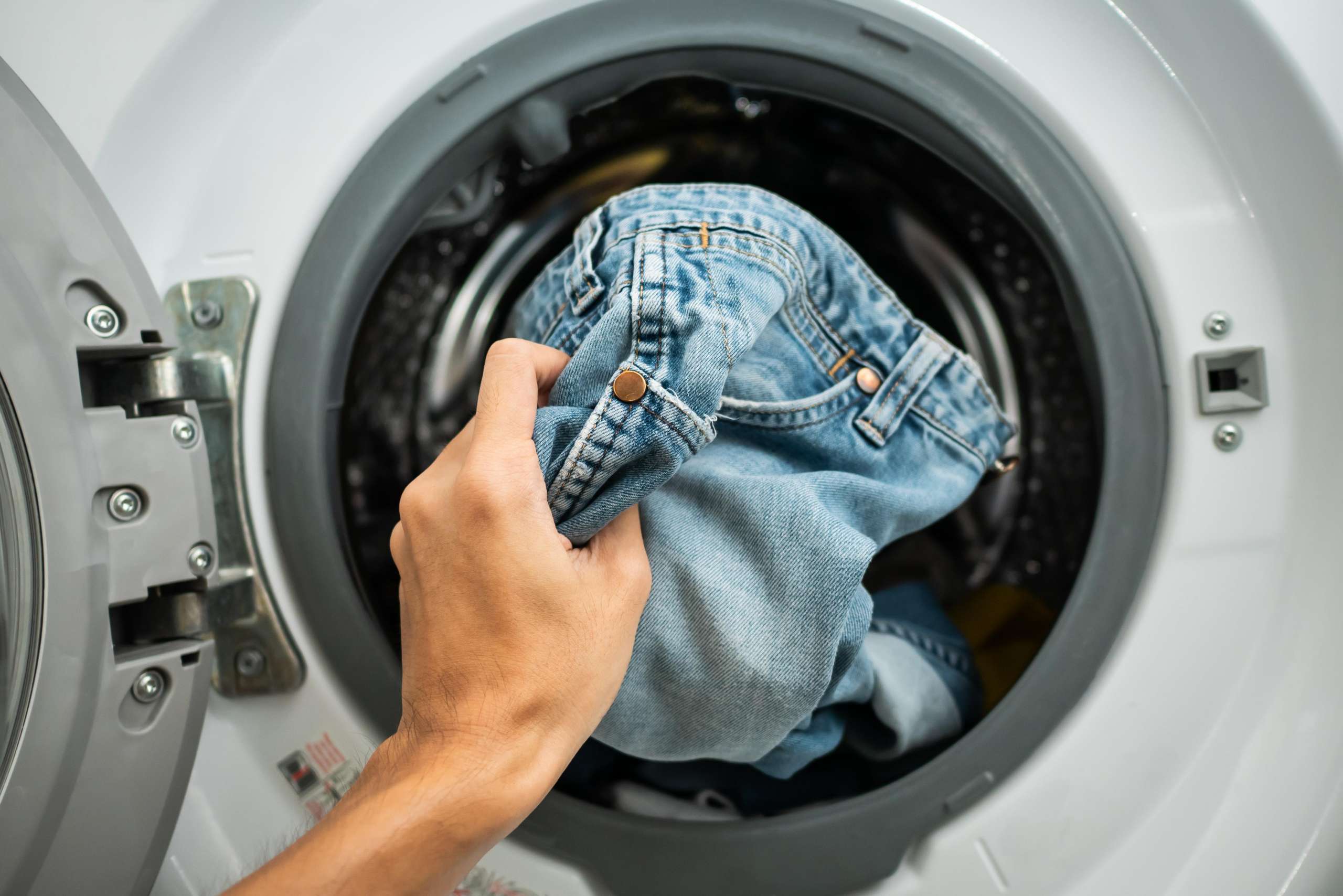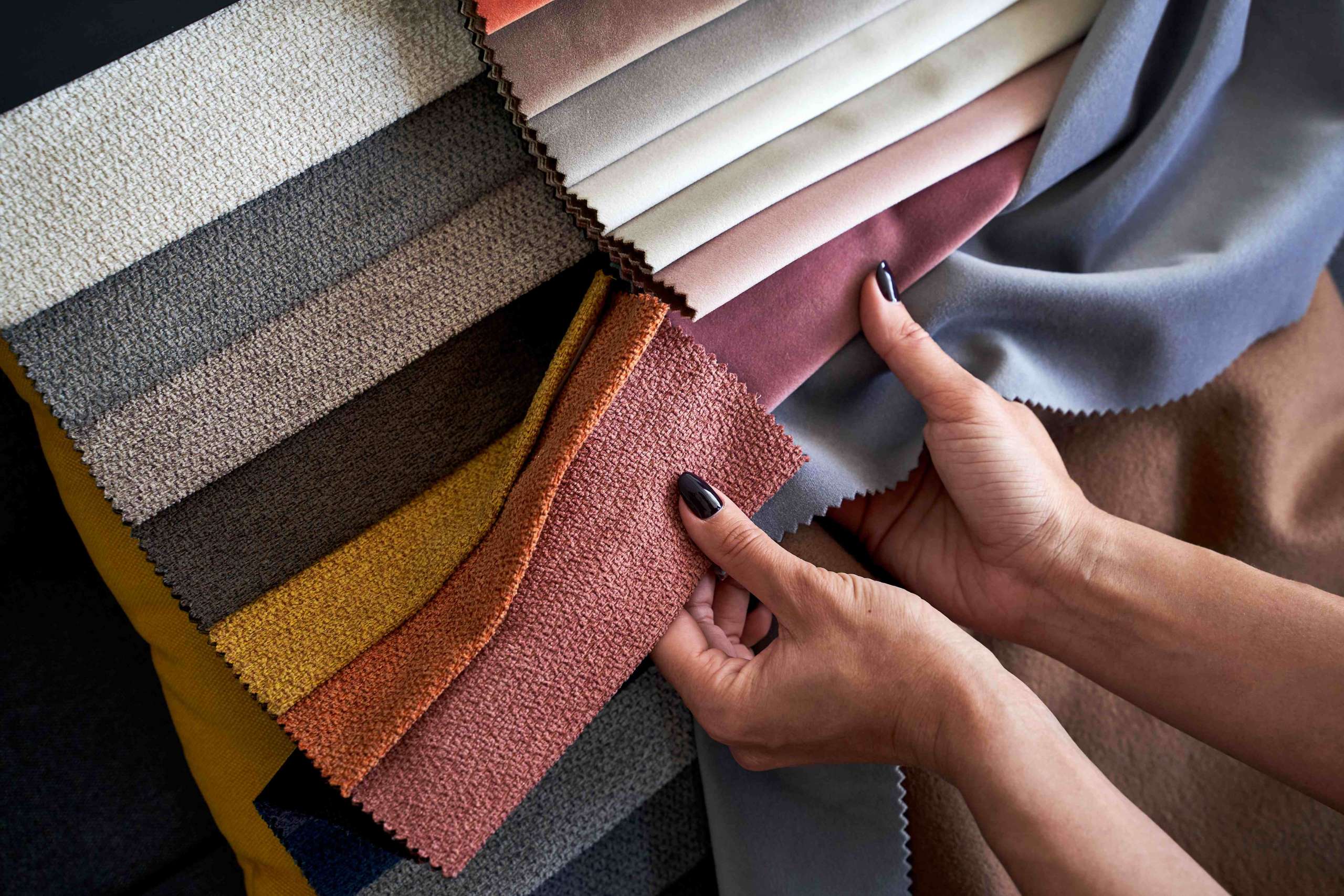How To Calculate Fabric Consumption Of A Garment?

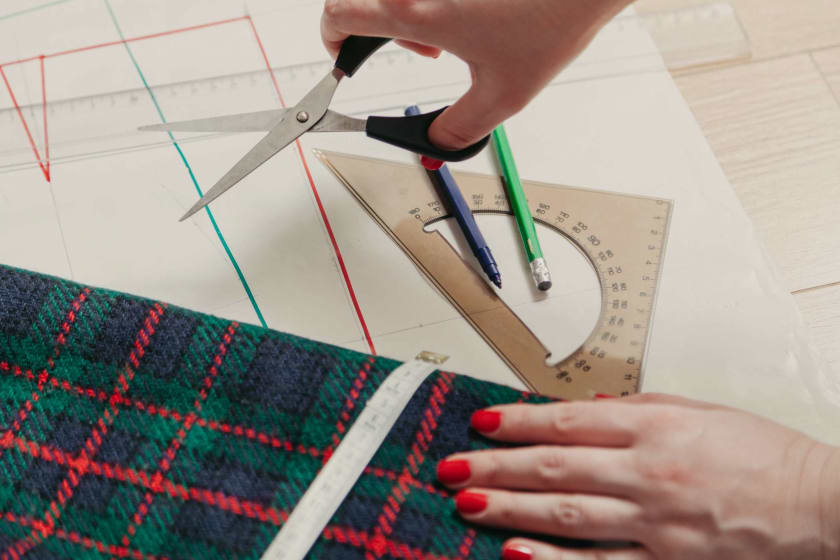

Introduction
One of the most crucial components of the manufacturing process is garment manufacture. Fabrics of various quality, colors, designs, and prints are used efficiently in the garment industry. Although their morphology differs, one thing remains constant: their consumption.
The manufacturer must be knowledgeable about the textiles being used. This allows him to calculate the total amount of cloth utilized. Lack of control over fabric consumption can lead to a variety of manufacturing difficulties.
When establishing a business or industry, the first goal is always to maximize profits. So why not apply the same logic to the fabric industry? Fashion has been a part of the world from time immemorial. If anything, this industry is expanding with each passing day. Every day, new trends emerge that push fashion to new heights.
The first and most important step in this process includes fabric consumption because we're talking about cost management and fabric control. The amount of fabric used to manufacture a garment is referred to as fabric consumption. With 70% of the garment being made up of it, it is the most significant and essential component. If properly controlled and managed, it can lead to the success of the garment.
The costing is done by the merchandiser. The core of the production process is this step. To produce the best results, it must be done with the utmost care. During the sampling procedure, the merchandiser provides a price quote for the item. As a result, the merchandiser needs to be aware of the cost of textiles.
Let's understand the various factors that affect the consumption of fabrics.
Factors Affecting Fabric Consumption
Many factors affect fabric consumption. Some of these prime factors are:
Marker
Marker is of great importance when it concerns fabric consumption. If a marker contains more garments, the fabric can be utilized properly. This is because when the number of garments per marker is more, it becomes easier to fit the pattern pieces. Additionally, when the number of garments in markers is less, the consumption of fabric is more.
Going by these lines, a six-way marker will always consume less fabric compared to a two-way marker.
Fabric Shrinkage
Fabric shrinkage essentially means fabrics deviating or drifting away from their original dimension. Fabric Shrinkage is an essential factor that concerns fabric consumption. It is said that they are directly proportional to each other. In other words, the more fabric shrinkage occurs, the more fabric consumption. If the fabric shrinkage is less, the fabric consumption will also be less.
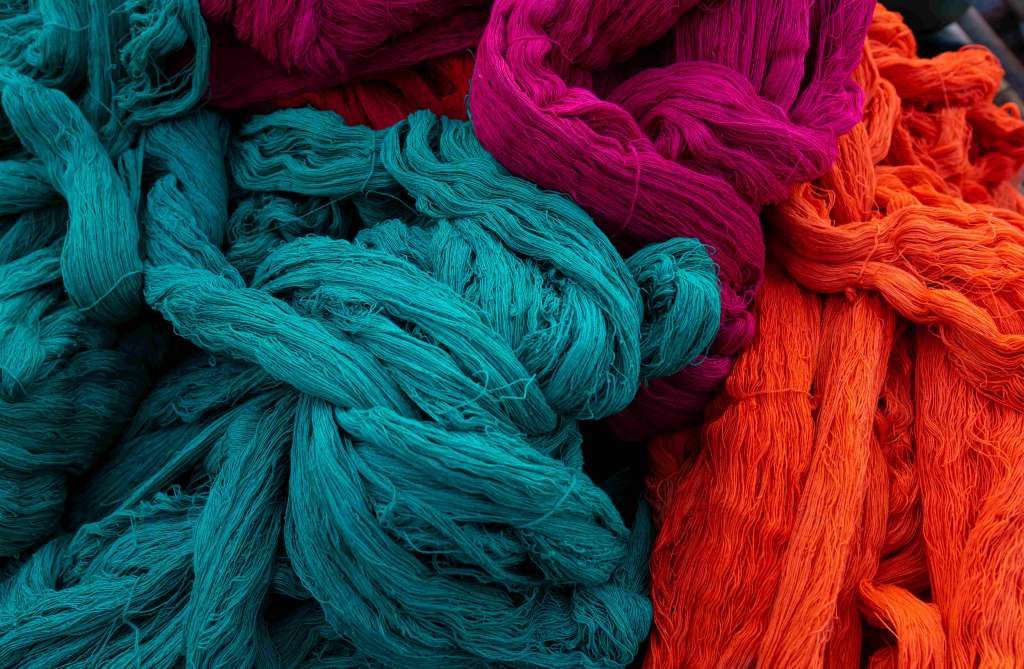
Fabric Width
A fabric's width determines the area used for making a marker. It forms an essential component of fabric consumption. These two factors are inversely proportional to each other. If the fabric's width is greater, fabric consumption would also be less. However, if the fabric width is less, the fabric utilized would be much more.
Pro tip: If one wants to improve fabric utilization and reduce wastage, one can try grouping fabric rolls according to widths.
Repeat Size or Prints
As we all know, a repeat size means a fabric pattern (with a specific size) that repeats itself over a piece of fabric. A fabric with a larger repeat would simply mean more fabric consumption. Why? Because more fabric would be needed to match the pattern.
That's why making markers, and laying fabrics on solid color fabrics are easier compared to fabrics with stripes or checks.
Grain
Grain also determines how much fabric is to be consumed. If it is straight grain, the fabric consumption is quite low. However, the fabric is cut on the bias for specific garment styles such as waistbands. In such cases, fabric consumption is much higher.
Center Selvage Variation
Defects like center selvage variation reduce the effectiveness of a marker. When the center selvage variation is absent, the marker will consume less fabric. On the other hand, if it has a selvage variation, it will consume more fabric. It's almost impossible to avoid these defects. However, with proper marker making, they can be reduced.
Fabric Losses while Cutting
Edge Losses
Ideally, the marker's width is made a little less (a few centimeters) than the edge-to-width of the fabric. This is done to adjust the selvage of the fabric. Doing so helps in getting a cuttable width. However, selvage accommodation results in loss of fabric on the sides. This is called edge loss.
Pro tip: Widening the cuttable width can help reduce the edge loss.
End of Piece Losses
The fabrics are always manufactured and processed in different batches in the textile industry. Continuous operations in different batches create distorted marks on the end of pieces. Due to this, the ends of the clothes become unusable. This can also contribute to the loss of fabric and affect production costs.
How to Calculate Fabric Consumption?
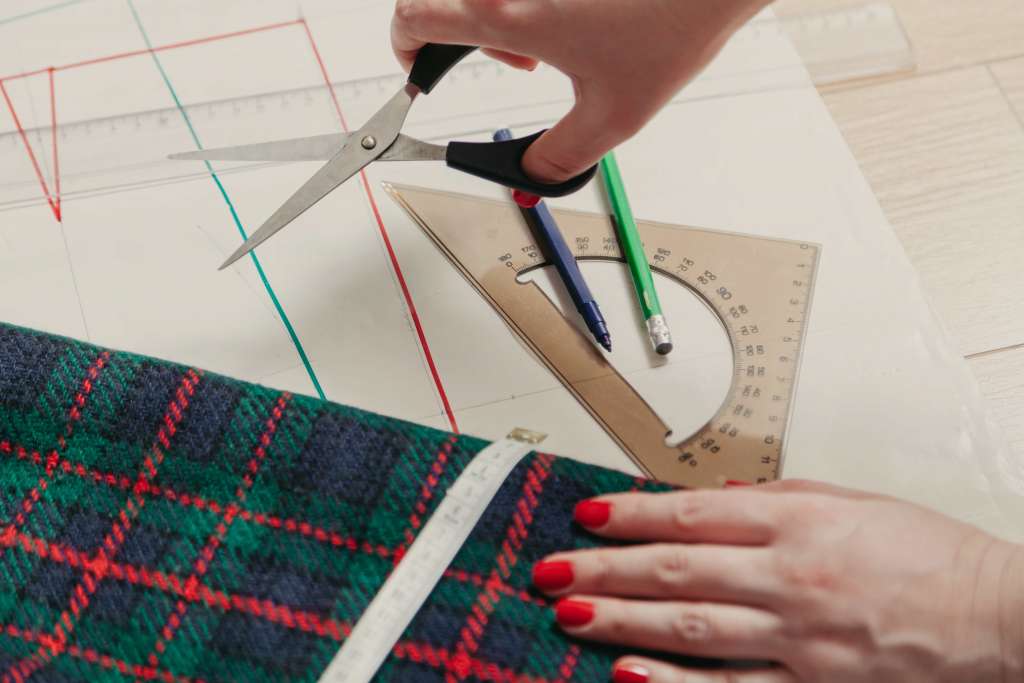
The average amount of fabric required to manufacture a garment is known as fabric consumption. It should always be given prime importance and calculated carefully so that the costs of the fabrics are controlled.
There are three major formulas through which fabric consumption can be calculated. These are:
1. Fabric Consumption by Single Formula
(Body length + Sleeve L. + Allowance) × (Half Chest + Allowance) × 2 × 12 × 160 × 1.10/100 × 100 × 1000
2. Fabric Consumption by Individual Formula
Body part consumption:
(Body length + Allowance) × (Half Chest + Allowance) × 2 × 12 × 160 × 1.10/ 100×100×1000
Sleeve Consumption:
(Sleeve L. + Allowance) × (Sleeve width × 2 + Allowance) × 2 × 12 × 160 × 1.10/100×100×1000
3. Fabric Consumption by marker planning formula:
(Marker width in inch) × (Marker length in inch) × 12 × 160 × 1.10/ 1550×1000×5
Conclusion
It is of prime importance that the fabric consumption is correctly determined so one can have complete control over the production costs. Through all the processes that go under fabric manufacturing, the consumption of fabric plays a pivotal role.
Many factors determine fabric consumption. These include grain, repeat size, marker, fabric shrinkage, etc. The manufacturer must apply all the formulae that are required for fabric consumption. If not implemented correctly, it can result in a significant loss.
These formulas can be a bit tricky. However, once the manufacturers get the gist of it, it becomes absolutely easy to implement and manage the production costs through this.

Manufacturers looking to curtail their production costs by analyzing and minimizing fabric consumption can take the help of tech-enabled manufacturing platforms such as Fashinza.















